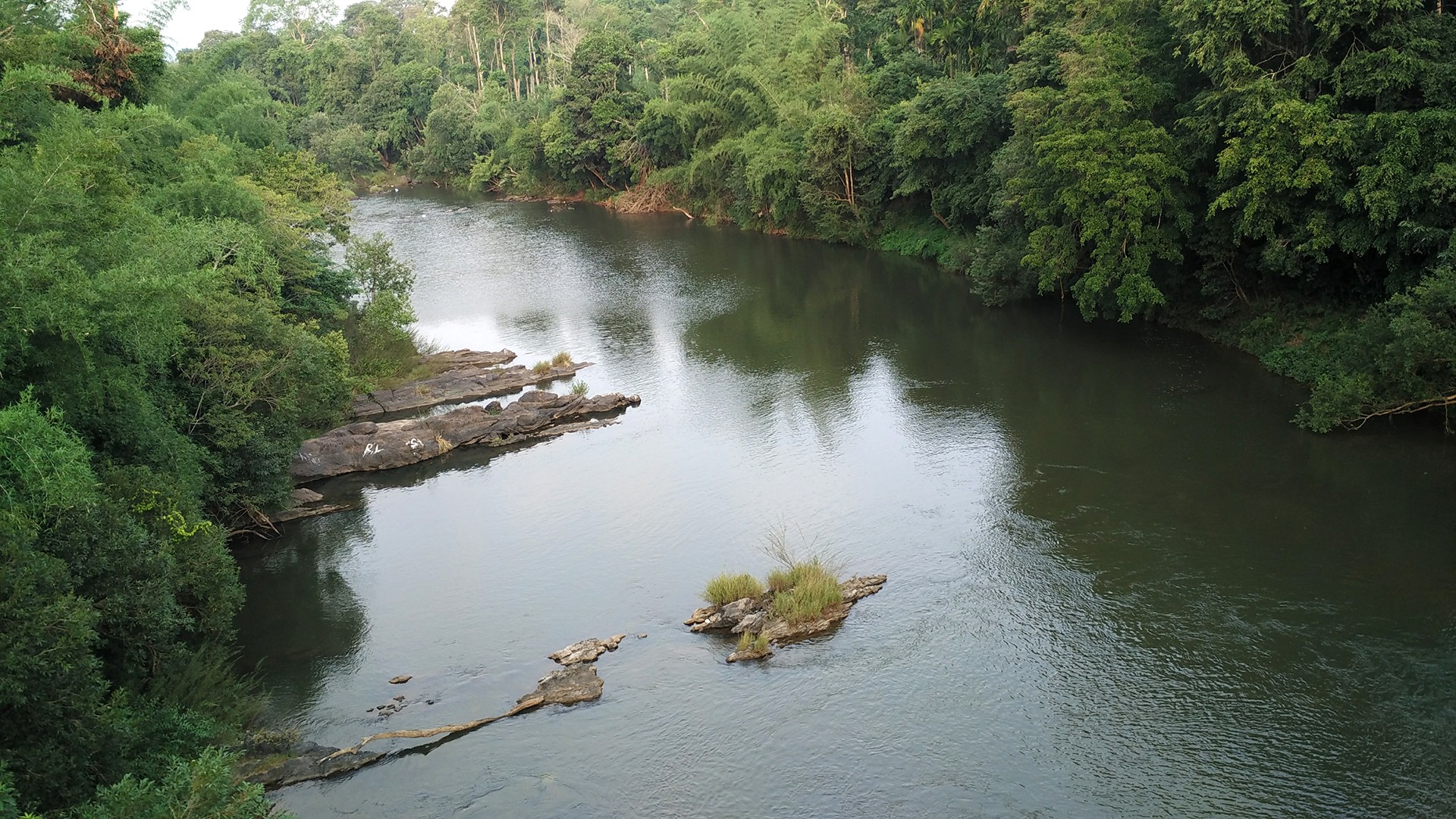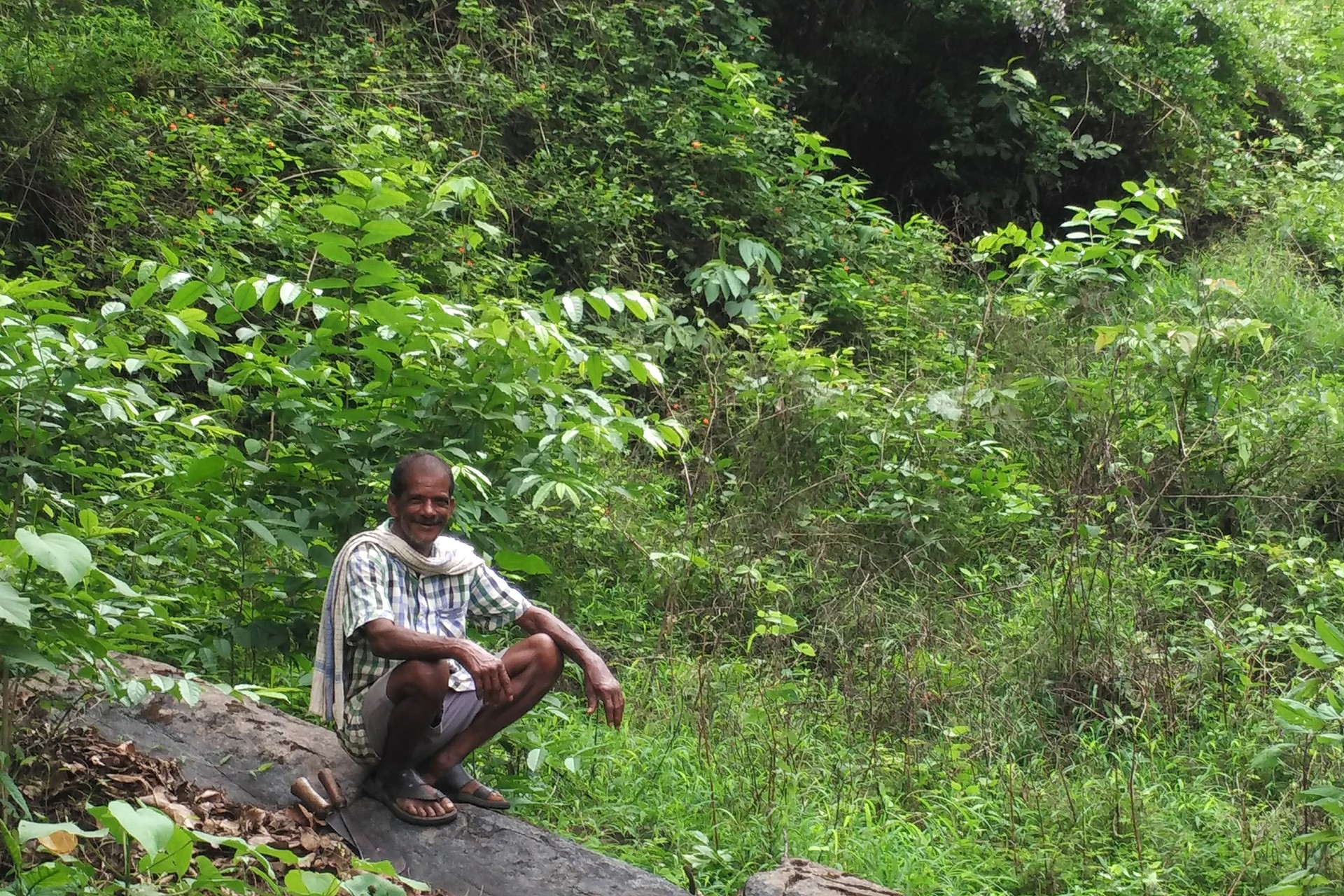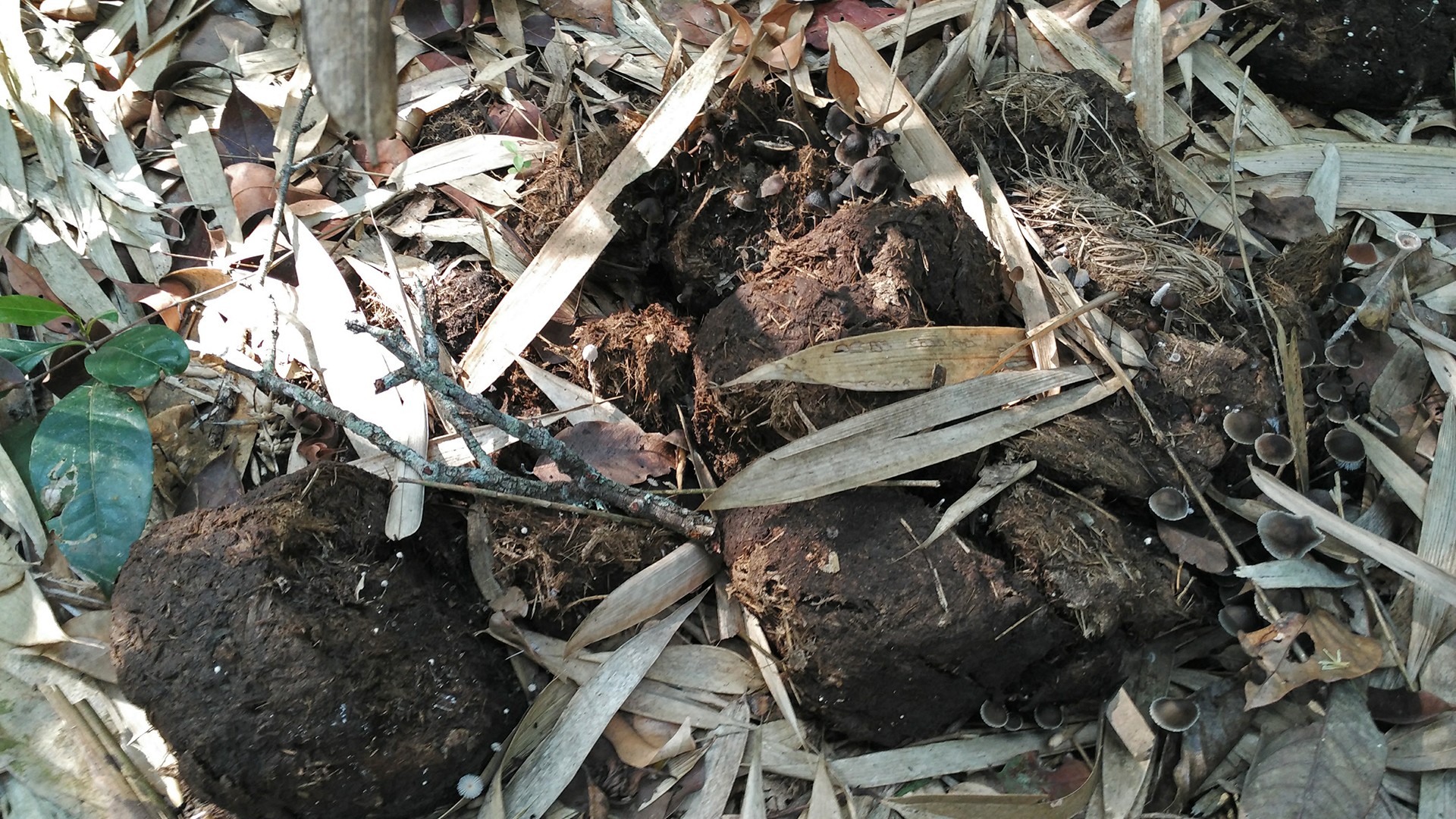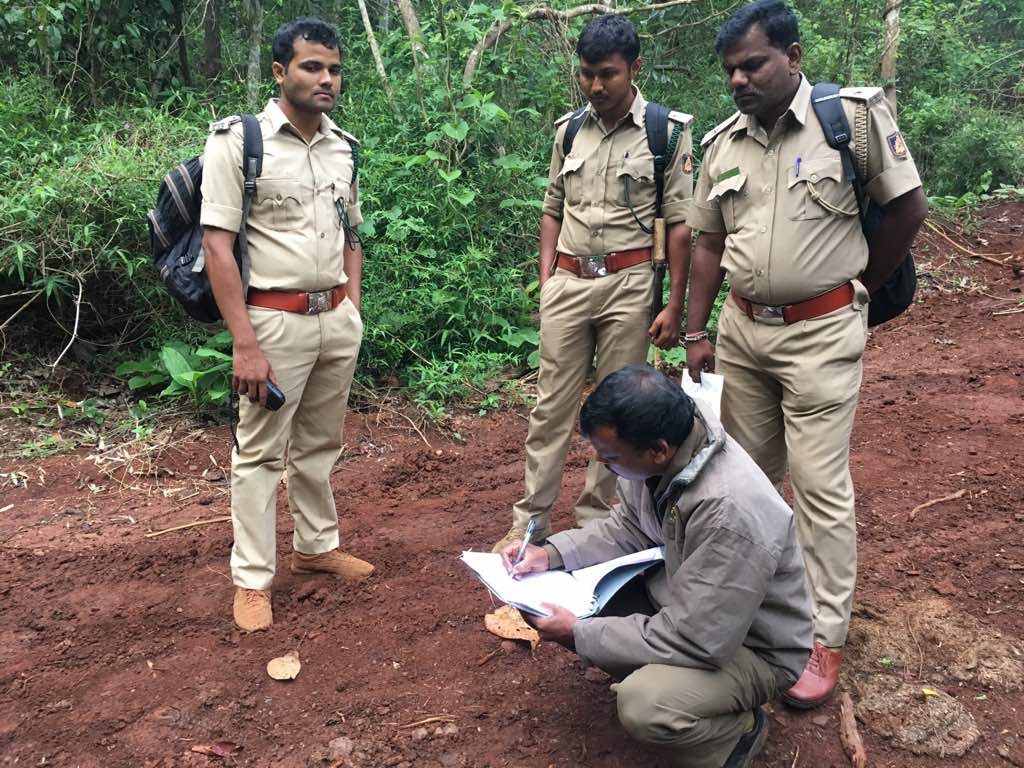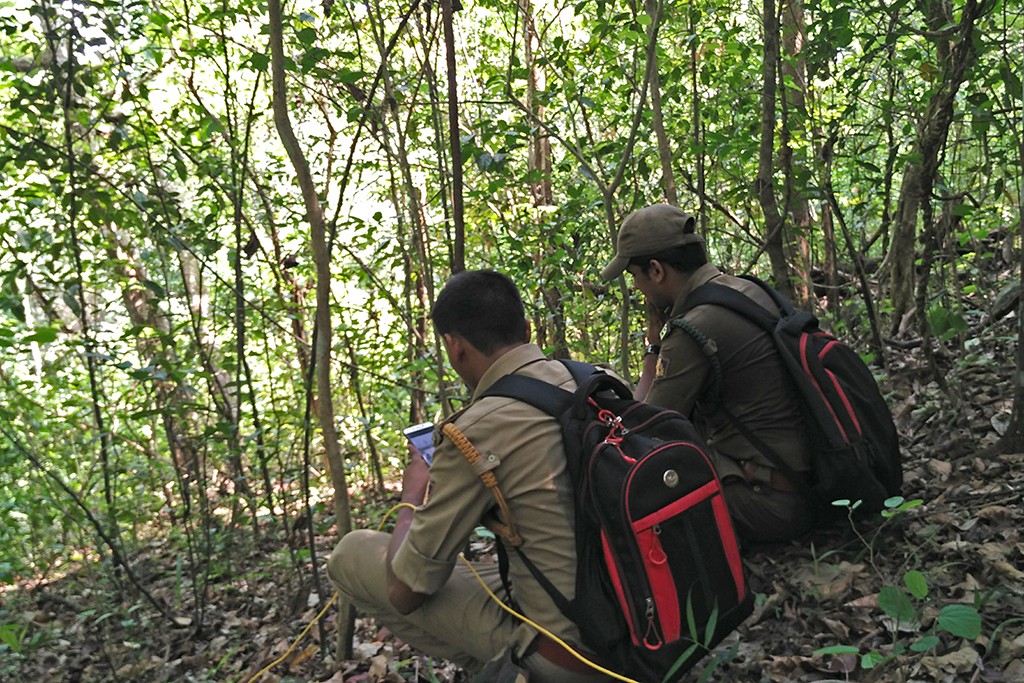In 2012, wild elephant populations across 32 Forest Divisions in Karnataka was 6072 (according to the last estimation exercise). It is a mammoth task to arrive at these figures. For the latest estimate in May 2017, 550 volunteers across Karnataka assisted the forest department – a record number. I was one of them.
The census for the Asian Elephant Population Estimation in south India is conducted by the forest department every five years, and takes place in a synchronised manner – that is, it happens at the same time across connected forests in different states.
These gentle giants are always on the move, spending almost 15 to 18 hours foraging for food and water, so it’s important to ensure that elephants in connected forests are counted only once rather than many times over. The department invites public participation for several reasons – one, the area to be covered is large, and the more hands (and eyes) on board, the better. Two, it provides transparency to the process. This way, citizens get an opportunity to appreciate the time and effort involved.
In April, all of us volunteers – students, IT professionals, doctors, lawyers, home makers; all belonging to different walks of life but united in the common cause of forest conservation and wildlife protection – took part in workshops to understand the specifics of what we had to do. Actual field demonstrations were conducted, and we were shown how to record the data we collected. We learned how to use equipment like GPS recorders and compasses. I attended the training in Bangalore’s Bannerghatta Forest campus, helmed by Dr. Surendra Varma, a senior conservationist and scientist with the Indian Institute of Science who works on Elephant Behaviour and Ecology.
After this, we were assigned to different forest divisions in the state. Along with a group of four others, I was assigned to Koppa Forest Division, near Chikmagalur.
Day 1: Planning and selecting forest beats
Our team arrived in Koppa, a beautiful, lush green forest, early one morning in mid-May. A gentle mist enveloped the trees and bushes, adding to the place’s surreal beauty.
We met with the Deputy Conservator of Forests - Koppa Division, and his officials to plan the exercise. The entire forest range was mapped onto an elephant distribution map, and each of us was assigned to different areas within the range (mine was Balehonnur). Each range was further divided into compartments or beats of around 5 sqkm (mine was Antavalli).
After a relaxed lunch, spent exchanging interesting anecdotes with the forest officials, we moved to our respective beats. With another volunteer, Prashanth, I set out to our Forest Bungalow, situated in a little village called Magundi. Our guest house, right next to the River Bhadra, was built during the British rule and had an elegant old-world charm about it. We spotted several birds there, including wagtails, noisy warblers, sunbirds, robins, flycatchers, peacocks, drongos, and the beautiful “Bharadwaj’, a cousin of the crow.
Day 2: Direct Block Count – Spotting and taking count of elephants in the sample block area to determine elephant population density
Early the next morning, I set out to the Antavalli Beat along with two forest officers, two forest guards, and a local tribesman called Yellanna, who lived on the fringes of the forest and knew every inch of it.
Our plan was to traverse the entire 5 sq.km stretch of our beat. We ascended the slopes, zigzagged our way through the hilly terrain, cut through thorny bushes, weeds and lantana. We passed through patches of blackened areas, where forest fires had eaten into the trees and bushes and charred the region. We found several piles of elephant dung, in different stages of decomposition, indicating that the pachyderms were indeed criss-crossing their way through the forest. Some of the dung piles were fresh and wet; some, less recent, were drier, with mushrooms sprouting on them; others, even older, resembled a pile of fibre. We found several other indications of their presence too – broken branches, trees in a semi-uprooted condition, and huge footprints in wet mud.
But despite seeing so much activity, we did not spot any elephants. Arif, one of the forest officers, explained that our beat was part of the elephant corridor area – quite a few elephants passed through here on their way to another part of the forest, so there were several signs of their presence and movement, but we did not actually see them.
We also found tiger pugmarks and scat, and some wild hens. I found a beautiful porcupine quill, and of course, got bitten by the leeches. Finally, after walking around 10km through the tough terrain, we returned to the Guest House, tired and bloodied but happy with the day’s work.
Day 3: Line Transect Method – assessing the density of elephant dung in the selected area within the sample block
The next morning, I headed back to my beat with the same group. We had to do a Line Transect to assess the density of elephant dung piles over a selected 2km range. The dung density determined over the 2 sqkm would be extrapolated to cover the entire beat area. We had to do this across a straight path and inspect the surrounding area for dung piles. The perpendicular distance of the dung pile from the straight line on which we were moving had to be measured and recorded at intervals. We used GPS and a compass to ensure that we were indeed going in a straight line.
Dung density is an indirect method of estimating elephant numbers. The forest officials explained that elephants, on average, defecate 12-16 times a day. Prior to our actual estimation exercise, the forest officials conduct experiments to assess the dung decay rate. Then, using a mathematical formula, they would estimate elephant numbers in that area.
The task was quite arduous. We had to cut through thick, thorny bushes and make our way around fallen and broken branches and rocks. Several times, we tripped on wild creepers. It was just our luck that our 2km transect was entirely uphill and steep. But the sights and sounds of the forest made our work interesting. A lone Sambar rushed past us when it heard us approach. One of the forest guards was bitten by a couple of wasps that day. We saw some brightly hued beetles, and we stopped to pluck and eat some fresh oranges.
Day 4: Spotting elephants and capturing their demographic profile
Our job was to visit the places in our beat where elephants were most likely to be present – watering holes, salt licks, riverbanks, and so on. We were to take photographs, profile the pachyderms and classify them based on their sex and likely age. This would help the Forest Department estimate the ratio of male to female elephants in the herd and give them some insights into whether elephant numbers would grow well in the coming years.
As we didn’t sight any elephants in the Antavalli Beat, I went to visit the Devadana Beat. It had rained quite heavily the previous night, so we were skeptical about spotting elephants. We walked alongside the Bhadra River to check various watering holes, but the elephants were not there. Then, we heard that some locals had seen an elephant in the wee hours of the morning. The forest officer accompanying us was immediately on its trail. We followed him through a coffee estate where the elephant had cut down some jackfruits; it had also broken a few areca-nut trees to eat the pulp in the middle of the tree. We followed its footprints into the thick jungle. Smartly, it had crossed over the solar-powered electric fence by dropping a wooden branch onto the wire and ‘short circuiting’ the current. It was quite an adventure – I was hoping to see the elephant but also a little apprehensive about following it so deep into the forest. After all, we were in the wild and a lone elephant can be quite dangerous. Anyway, we forged ahead, following all the signs that the elephant had left in its wake. But sadly, even after several hours of being on its trail, we did not spot it.
Later in the evening, some forest guards saw not one, but two elephants coming out of the same place we had visited earlier in the morning. They quickly profiled them (one adult and one sub-adult) and recorded the findings. Thus, our four days in the forests came to an end.
While I was disappointed that we did not actually sight any wild elephants, the forest officers took pains to explain that the Koppa Forest Division, a corridor, has plenty of elephant movement (which we witnessed) but no resident population. The numbers that we gathered also confirmed this. A direct-count sighting of a mere two elephants in a 5 sqkm area indicated a very low, almost negligible estimation of elephant numbers across the entire range, as did the dung density numbers we calculated. And according to the 2012 findings, Koppa Division reported no elephants.
Nevertheless, the entire exercise was greatly satisfying. Yes, it had been tiring – we had cuts and bruises and plenty of leech bites, but all of that just added to the experience. I know that in my small way, I contributed to the conservation of these gentle giants.
Although our work was done with this data collection exercise, several months of work lay ahead for the Project Elephant team, which had to transcribe the data collected by all the volunteers and forest staff, analyse the data, regularise it, record variances, and extrapolate information for the entire range and division. It will probably take around six months before the final estimation results for the entire state is published. This year’s results are likely to be out by November.
